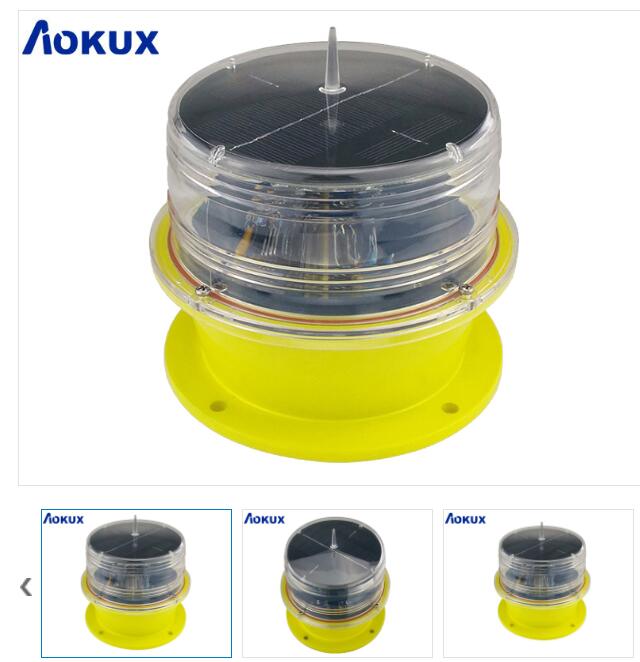Marine lantern is vital tools for maritime navigation and safety, providing essential illumination for buoys, lighthouses, docks, and other nautical markers. These lanterns guide vessels, signal hazards, and ensure safe passage across water, contributing significantly to marine safety.
Applications
Marine lanterns are used in a variety of maritime settings. They are commonly found on navigational buoys, which mark channels, hazards, and safe passage routes for ships. They also illuminate coastal structures like lighthouses and piers, enhancing their visibility and helping mariners avoid potential dangers. Additionally, marine lanterns are crucial for marking the entrance to harbors and providing visual references in low visibility conditions such as fog or stormy weather.
Technology and Features
Modern marine lanterns incorporate advanced technologies to improve their performance and durability. Most marine lanterns use LED technology, known for its brightness, energy efficiency, and long lifespan. LED lights are more reliable and require less maintenance compared to traditional incandescent bulbs.

Marine lanterns typically feature robust construction to withstand harsh marine environments. They are built with weather-resistant materials to endure exposure to saltwater, high winds, and extreme temperatures. Many models are equipped with solar panels, which harness sunlight to power the lantern, eliminating the need for external power sources and reducing operational costs.
Some marine lanterns come with smart features, such as automatic light activation at dusk and deactivation at dawn. This ensures that the lanterns operate only when needed, conserving energy and extending battery life. Advanced models may also include GPS synchronization, allowing multiple lanterns to flash in a coordinated pattern, enhancing their visibility and effectiveness.
Marine Lantern
|
1-3nm
|
|
3-4nm
|
5-7nm
|
|
er
|
vbn
|
Benefits
Marine lanterns offer several key benefits:
Safety: By providing clear and consistent illumination, marine lanterns help prevent maritime accidents and facilitate safe navigation, especially in low visibility conditions.
Cost Efficiency: Many marine lanterns are solar-powered, which reduces operational costs by eliminating the need for fuel or external power sources. Their long-lasting LED lights also decrease maintenance expenses.
Durability: Designed to withstand harsh marine environments, marine lanterns are built with durable materials that ensure long-term reliability and performance.
Ease of Use: Marine lanterns are relatively easy to install and maintain. Solar-powered models require minimal upkeep, making them a practical choice for remote or difficult-to-access locations.
Challenges
Despite their advantages, marine lanterns can face challenges such as performance issues during extended periods of poor weather or limited sunlight, which may affect solar-powered models. Regular maintenance is required to ensure that the lanterns remain clean and fully operational. However, advancements in technology are continually addressing these challenges, improving the reliability and efficiency of marine lanterns.
Future Trends
The future of marine lanterns includes advancements in technology and design. Enhanced solar panel efficiency and battery storage solutions will improve the reliability and operational time of solar-powered lanterns. Additionally, the integration of smart technologies, such as remote monitoring and automated control systems, will allow for real-time adjustments and maintenance, further enhancing the effectiveness of marine lanterns.
Marine lanterns play a crucial role in maritime safety by providing essential illumination and guidance for vessels and navigational aids. Their advanced technology, durability, and cost efficiency make them invaluable tools for ensuring safe and effective maritime navigation. As technology continues to evolve, marine lanterns will become even more reliable and efficient, reinforcing their importance in the future of marine safety.

